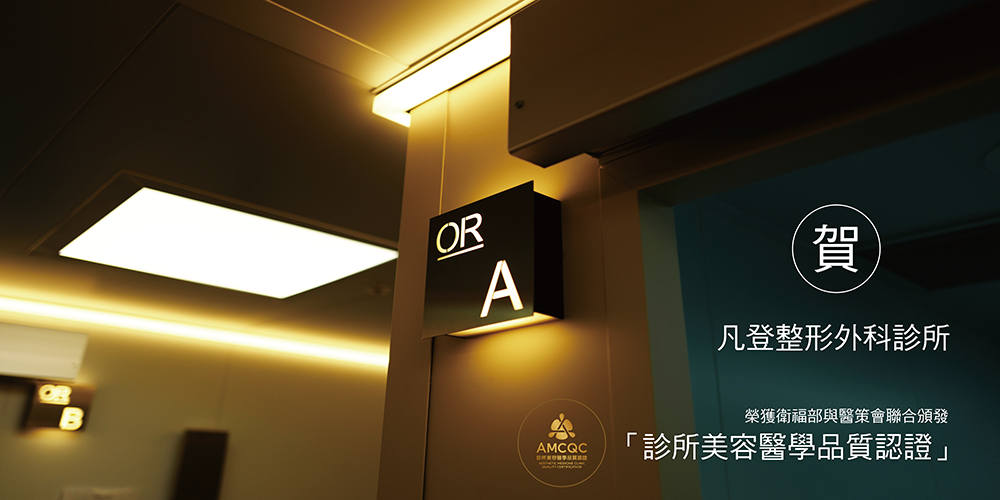Eyelid Surgery
Double Eyelid Surgery, also known as Asian Blepharoplasty, can be performed using two different surgical techniques: the “incisional” and “non-incisional” technique. Although both techniques aimed to increase the width and definition of the double eyelid fold, candidates suitable for each technique varies.
Incisional Double Eyelid Surgery
Non-Incisional Double Eyelid Surgery
Recovery Time
1 month ( Suture removal after 5 days)
5-7 days ( No Suture removal required)
Complete Recovery Time
1-3 months
7-14 days
Suitable Candidate
older in age
have smaller eyes
have excess fatty deposits causing puffiness
have loosening or sagging skin causing excess folds
younger in age
have thinner skin and limited fatty deposits in the eyelids
have no prominent
have no extensive skin loosening
have no sagging eyelid skin
Surgery Time
60-90 min.
45-60 min.
Pros & Cons
Pros:
Durable and irreversible results
Defined double eyelids
Cons:
Longer recovery time
Longer scar healing time
Pros:
Smaller incision, faster recovery time, less swelling
Natural results
Cons:
Width of eyelids may alter due to age and time
Ptosis Correction Surgery

Ptosis or droopy eyelid remains to be a concern of some patients even after receiving double eyelid surgery. It is noteworthy that double eyelid surgery does not correct ptosis because the procedure only removes excess skin and fat deposits which prevent the crease from forming. It is recommended for those who suffer from ptosis to combine double eyelid surgery with ptosis correction surgery.
What is Ptosis Correction Surgery
Ptosis is caused by the thinning or detachment of levator muscle tendon that lifts the eyelids. The condition may be congenital or acquired slowly with aging. Patients with ptosis are bothered by the aesthetic appearance of tired-looking eyes and the strain of keeping their eyes looking awake. Ptosis correction surgery is performed by adjusting muscle tendon to position the eyelid at the appropriate level.
Candidates for Ptosis Correction Surgery
|Difficulty to keep the eyes open
|Asymmetrical eyes
|Loosening of the upper eyelids
|Tired-looking eyes
|Smaller eyes with double eyelids
Canthoplasty (Epicanthoplasty & Lateral Canthoplasty)

It is common for Asians to have a small section of eyelid covering the inner corner (caruncles) of the eye, which is known as the epicanthal fold or “Mongolian fold”. Epicanthal folds can be graded based on the degree of caruncle coverage. Mild folds cover less than one third of the caruncle, moderate folds cover half of the caruncle, and severe folds cover most or all of the caruncle. Eyes with Epicathal folds often look rounder in shape and smaller in size with two eyes looking more distantly apart.
Epicanthoplasty is a surgical procedure to remove epicathal folds to enlarge, elongates the eyes, and reduce the distance between the eyes. It is noteworthy that epicanthoplasty may left visible scarring if the wounds are not well taken care of. Therefore, UV protection, scar gel application, and wound compression with micropore tapes are highly recommended for post-operative care.
Before and After
Incisional double eyelid surgery, canthoplasty, and ptosis correction surgery. Individual results may vary.
Incisional double eyelid surgery and an endoscopic forehead lift. Individual results may vary.
Non-incisional double eyelid surgery. Individual results may vary.
Non-incisional double eyelid surgery. Individual results may vary.
Non-incisional double eyelid surgery. Individual results may vary.
Non-incisional double eyelid surgery. Individual results may vary.
Incisional double eyelid surgery. Individual results may vary.
Non-incisional double eyelid surgery. Individual results may vary.
Pre-Operative Instruction For Double Eyelid Surgery
1. Stop taking aspirin, non-steroidal “aspirin-like” products, anticoagulants, and supplements seven days prior to surgery.
2. Stop using double eyelid tapes three days prior to surgery to prevent eyelid irritation and swelling.
3. Please inform your surgeon of any drug allergy, current medication, and medical history.
4. Avoid makeup, contact lenses, double eyelid tape or fake eyelashes on the day of surgery.
5. Avoid driving as you may have difficulty seeing well enough after surgery. It is recommended to bring a relative or friend with you on your surgery day.
Post Operative Instruction For Double Eyelid Surgery
1. To prevent bleeding and reduce swelling, apply ice packs or cold compress to the incision for at least 10 - 15 minutes, three times per day within 48 hours after surgery.
2. Clean the wound using the prescribed medication with a sanitized Q-tip at least 3 - 4 times per day.
3. To prevent wound inflammation, avoid smoking, alcohol, coffee (caffeinated drinks), and spicy foods for one week post surgery.
4. To prevent infection, prevent direct contact of the wound to tap water. Clean the wound using saline with sanitized Q-tip if necessary.
5. To prevent wound bleeding and breakage, avoid vigorous exercise and weight lifting.
6. Do not wear contact lenses and make up for a week week after the surgery.
Frequently Asked Questions for Double Eyelid Surgery
Q:Which technique (incisional or non-incisional) is better for double eyelid surgery ? Click for Answer
Non-incisional technique is suitable for those who have thinner skin and limited fat deposits in the eyelids. It is not suitable for those who have loosening and sagging eyelids. The advantages of the non-incisional techniques include short surgery time, minimal bleeding, and faster recovering with less obvious scarring. However, regardless the techniques you prefer or best suited for, it is recommended to have a thorough consultation with your plastic surgeon in prior to improve surgical outcomes.
Q:Is massage required after surgery ? Click for Answer
Results last 10 to more than 20 years. However, eyebrow depression, skin laxity, ptosis may change the eye lid shape.






